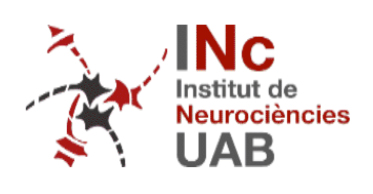Flexible electronics for neural interfaces
Speaker: Prof. Jonathan Viventi, Assistant Professor of Biomedical Engineering at Duke University
Abstract: Right now, all of the tools that interface with our brains face a fundamental trade-off. We can either sample with low resolution, over large areas of the brain, or we can sample with fine resolution, over very small areas of the brain. This doesn’t fit with the way our brains are structured. With over 12 million neurons in each square cm of brain surface, we need to sample with high resolution over large areas in order to understand the way the brain works. The limitation is wiring. Every contact we put in the brain requires an individual wire and we can’t fit more than about 100 wires inside our heads. Using the same electronics that enable a digital camera to have millions of pixels without millions of wires, we can move some of the signal processing right to the sensors, allowing us to overcome the wiring bottleneck. The challenge is that traditional electronics are rigid and brittle. They are not compatible with the soft, curved surfaces of the brain. The solution is to make electronics that are flexible. Think of a piece of 2×4 lumber and a sheet of paper, they’re both made out of the same material, but have dramatically different physical properties. Leveraging that idea, we can make electronics that are extremely flexible, by making them very thin. Using these flexible electronics, I have developed high-density electrode arrays with thousands of electrodes that do not require thousands of external wires.
This technology has enabled extremely flexible arrays of 1,024 electrodes and soon, thousands of multiplexed and amplified sensors spaced as closely as 25 μm apart, which are connected using just a few wires. These devices yield an unprecedented level of spatial and temporal micro-electrocorticographic (μECoG) resolution for recording and stimulating distributed neural networks. I will present the development of this technology and data from in vivo recordings. I will also discuss how we are translating this technology for both research and human clinical use.
Introductory talk by Dr Eduard Masvidal, Postdoctoral Researcher at Advanced Electronic Materials and Devices Group at ICN2







